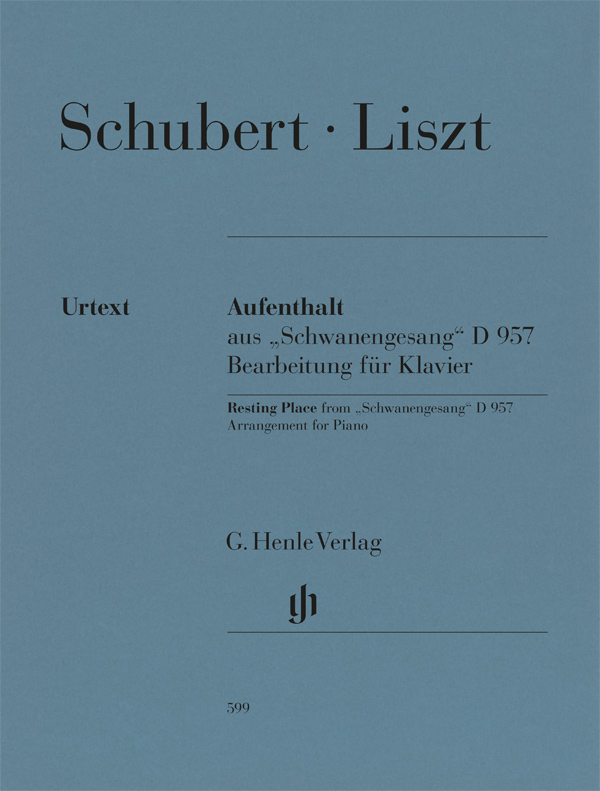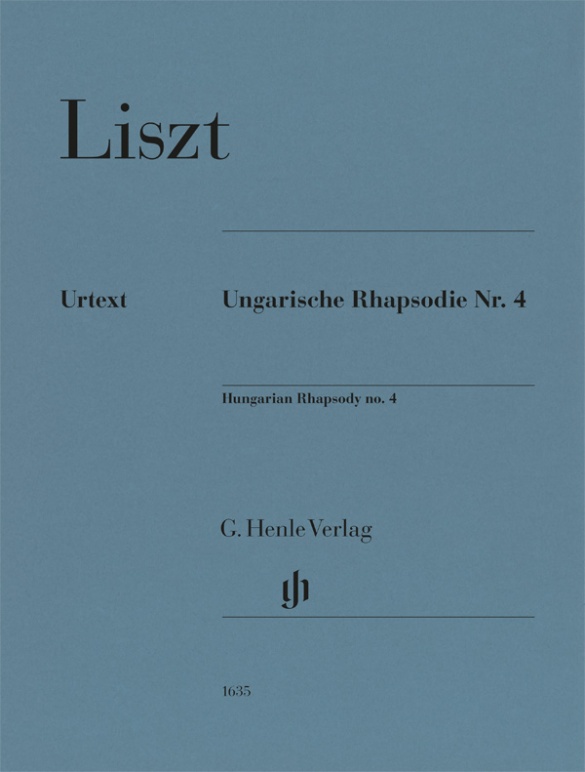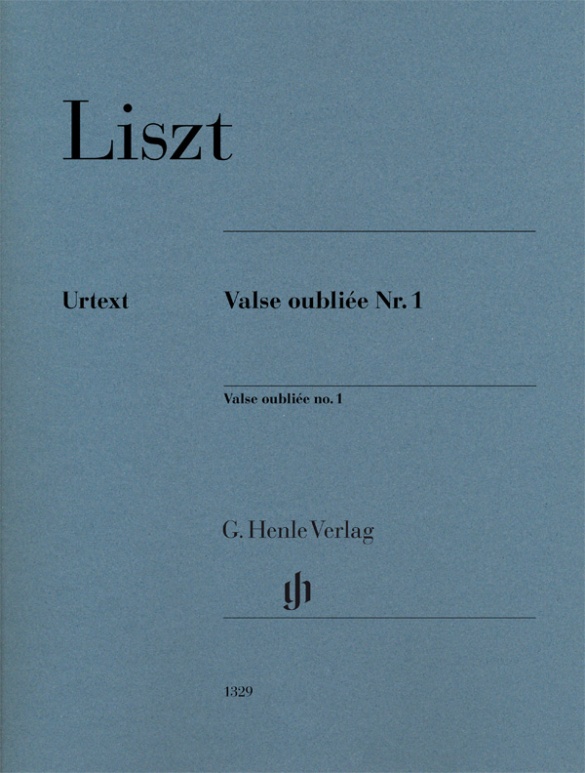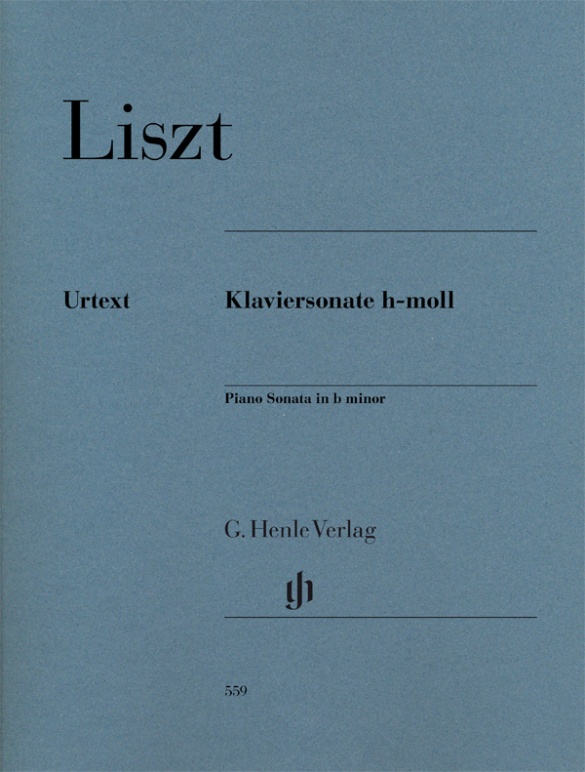

Franz Liszt
Piano Sonata b minor
Following the revision of the facsimile of the Piano Sonata in b minor (HN 3227), Henle is now proud to present the corresponding new Urtext edition. With the help of the splendid facsimile reproduction we were able to analyse several passages in the autograph more reliably; in addition the editor Ernst Herttrich not only consulted the first edition but also a copy of a student of Liszt’s, in which the composer had made entries in his own hand. Clara Schumann reacted with a lack of understanding when Liszt sent the sonata: “It is only blind noise – not a single healthy thought, everything confused.” Today we view this differently. The new edition of this key piano work is further enhanced by the sophisticated fingerings supplied by the piano titan Marc-André Hamelin.
Content/Details
About the Composer
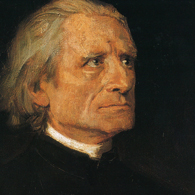
Franz Liszt
The most famous piano virtuoso of the nineteenth century is regarded as the most influential artist and composer (with Berlioz, Wagner) of the so-called New German School. His immense musical oeuvre comprises, above all else, works for solo piano, including numerous transcriptions; he also devised the symphonic poem. Important, too, are his sacred and secular choral works and songs.
| 1811 | Born in Doborján/Raiding (Sopron) on October 22, son of an official in the service of Prince Esterházy. First piano lessons from his father, early first attempts at composition, first public performance at age nine. |
| 1822 | Relocation of the family to Vienna, studies with Carl Czerny and Antonio Salieri. |
| 1823 | Relocation of the family to Paris. Composition studies with Ferdinando Paër and Antonín Reicha (1826). Performances in salons, concerts. |
| 1824–27 | Concert tours through France, to England and Switzerland. Composition of opera paraphrases for piano. |
| 1830 | Acquaintance with Berlioz, self-study by reading. He becomes Parisian society’sfavourite pianist and piano teacher. |
| 1835 | He moves to Switzerland with Countess Marie d’Agoult: their first child together, Blandine-Rachel, is born here. He continues concertizing in Paris. |
| from 1839 | Continuous concert tours throughout Europe. |
| from 1847 | Symphonic poems, including No. 2, “Tasso: lamento e trionfo”; No. 1, “Ce qu‘on entend sur la montagne” (‘Bergsymphonie,’ ‘Mountain Symphony’); “A Faust Symphony in Three Character Pictures”; “A Symphony to Dante’s Divine Comedy” (‘Dante Symphony’); as well as [No. 11], “Hunnenschlacht” (“Battle of the Huns”). |
| 1848–61 | Kapellmeister in Weimar; he advocates for progressive music (Wagner, Schumann, Berlioz). |
| 1857–62 | Oratorio, “The Legend of St. Elisabeth.” |
| 1861–68 | Resident in Rome. |
| 1865 | Takes minor holy orders. |
| 1866–72 | Oratorio, “Christus.” |
| 1871 | Appointed Hungarian court councilor; he lives in Rome, Weimar, and Budapest. |
| 1886 | Death in Bayreuth on July 31. |
About the Authors
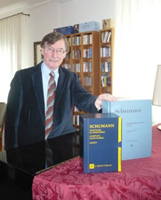
Ernst Herttrich (Editor)
Dr. Ernst Herttrich, born in 1942 in Würzburg, read musicology, history, German and theology at the universities in Würzburg and Cologne. In 1970 he earned his doctorate in Würzburg with a study of the expression of melancholy in the music of Mozart.
From 1970 to 1990 he was an editor at G. Henle Publishers in Munich, after which he was Head of the Beethoven Complete Edition for over 15 years. In 1999 he took over as Head of the Beethoven-Haus Publishers, and from 2001 was made Head of the Beethoven-Archiv, the research centre at the Beethoven-Haus.
He has been a visiting professor at Meiji Gakuin University in Tokyo and has undertaken several lecture tours both there and to Kyoto. His research interests include source studies, editorial techniques and music history. Herttrich’s publications include “Beethoven. Liederkreis an die ferne Geliebte” (Bonn 1999) and “Ludwig van Beethoven. Biographie in Bildern” (Bonn, 2000). Herttrich has edited over 100 Urtext editions for G. Henle Publishers.
.jpg)
Marc-André Hamelin (Fingering)
Product Safety Informations (GPSR)

G. Henle Verlag
Here you can find the information about the manufacturer of the product.G. Henle Verlag e.K.
Forstenrieder Allee 122
81476 München
Germany
info@henle.de
www.henle.com
Les doigtés raffinés de Marc-André Hamelin mettent encore mieux en valeur cette nouvelle édition d'une oeuvre majeure de la littérature pour piano.
Crescendo, 2017Ernst Herttrich ist mit der Materie übrigens bestens vertraut. Er hat schon die Urtext-Ausgabe der h-Moll-Sonate von 1973 für Henle ediert und kennt die Textvarianten wie nur wenige andere. Mit der aktuellen Edition hat er eine nach dem neuesten Erkenntnisstand edierte, zuverlässige und überaus lesefreundliche Urtext-Ausgabe vorgelegt, mit der man gerne mal wieder in Liszts Meisterwerk eintaucht.
Piano News, 2017De nieuwe uitgave van Henle is een prachtige uitwerking van eerder genoemd facsimilé. Voorzover mogelijk, zijn logische omslagpunten gekozen en is recht gedaan aan Liszts eigen vingerzetting, articulatie, frasering, enz. Dat dat een enkel keertje een wat vollere bladzijde oplevert, nemen we graag voor lief.
Pianowereld, 2017recommendations
autogenerated_cross_selling
Further editions of this title
Further editions of this title


